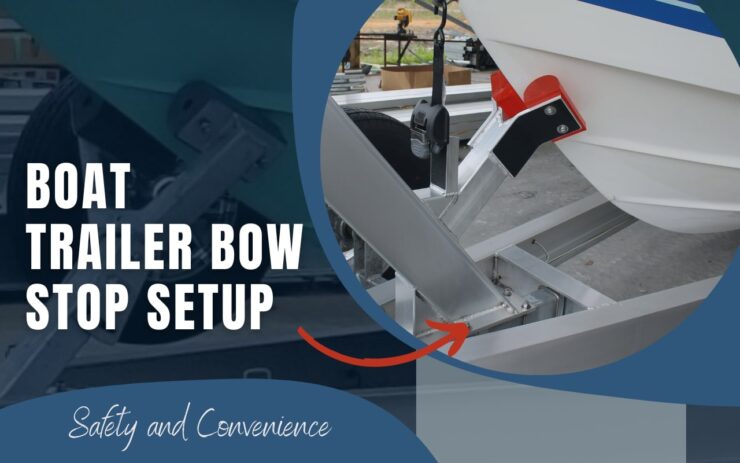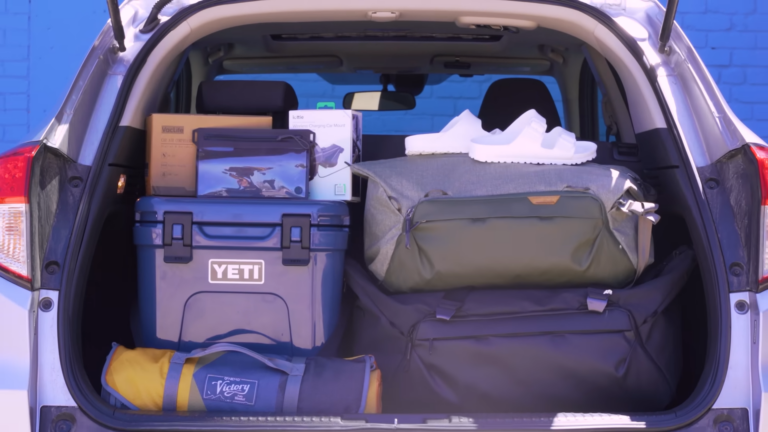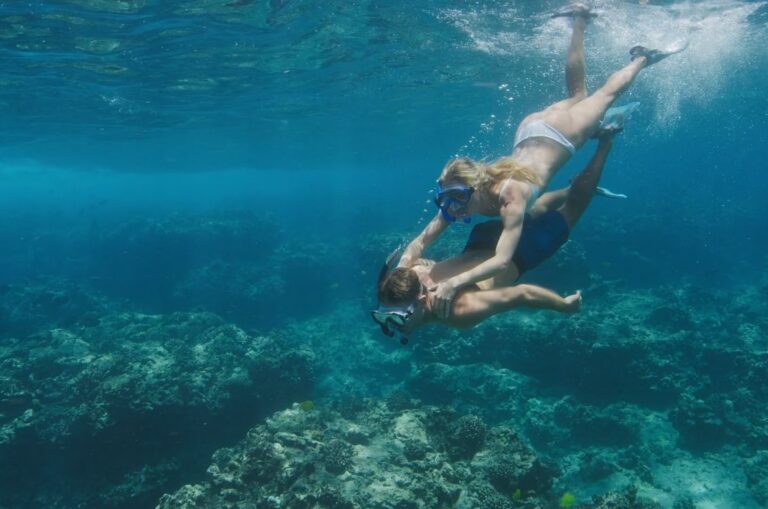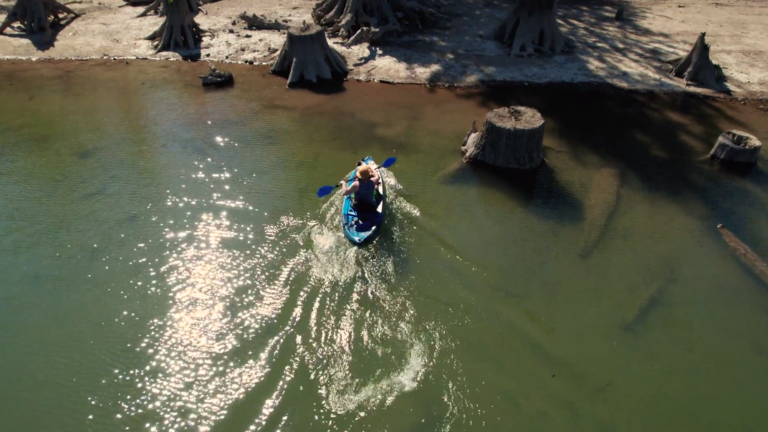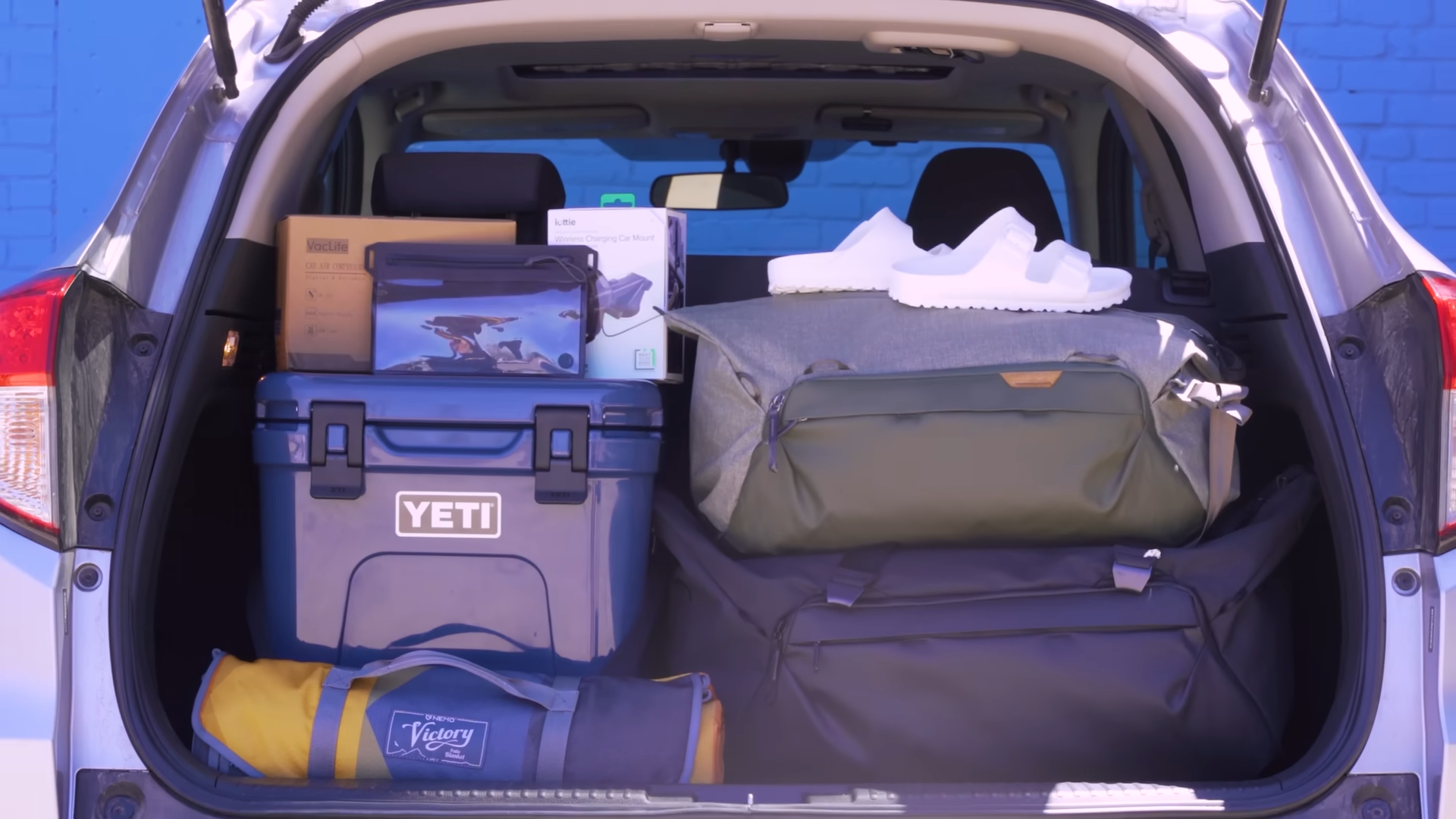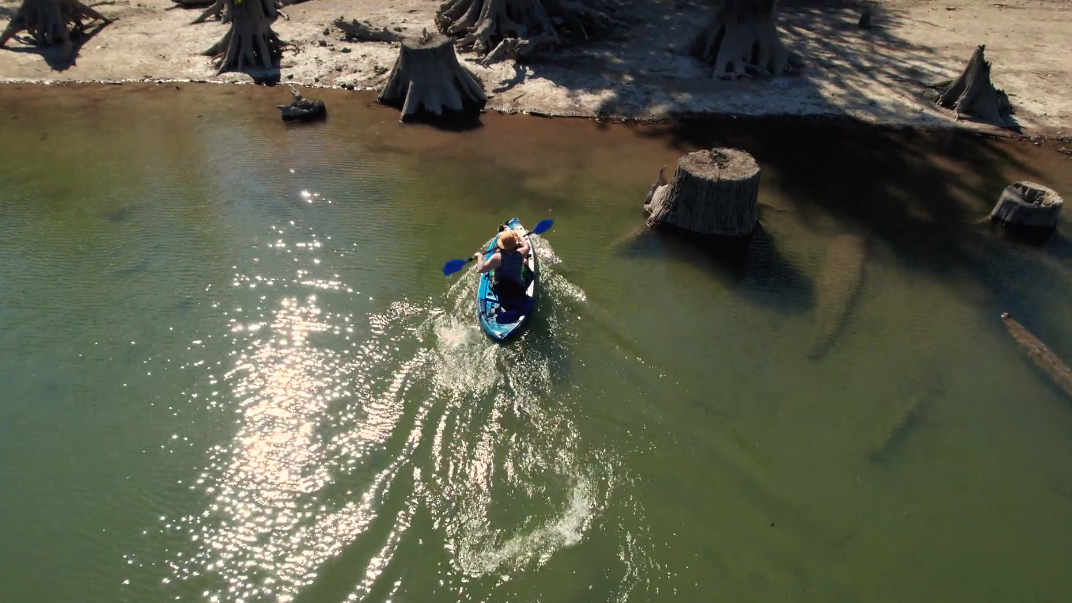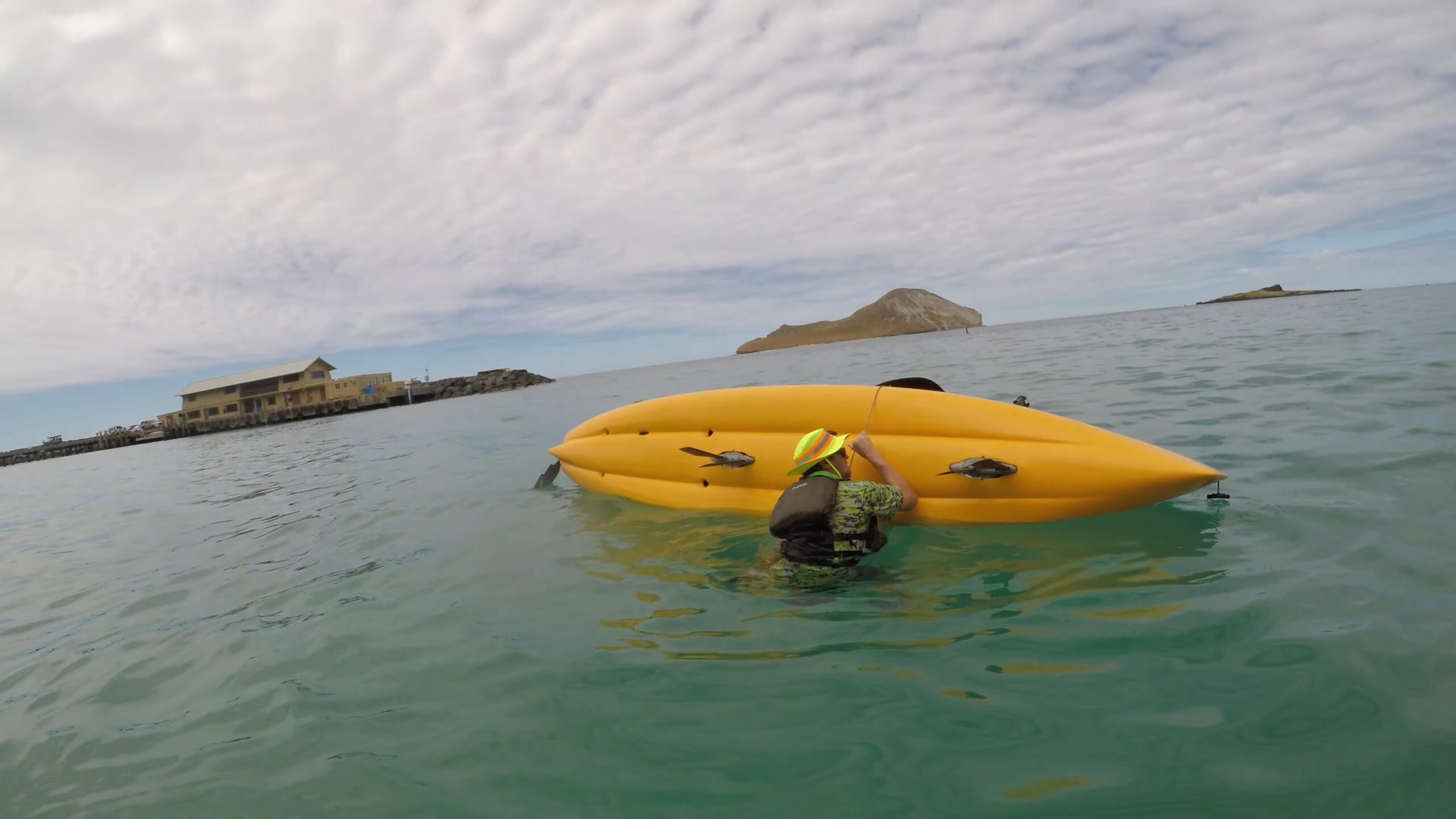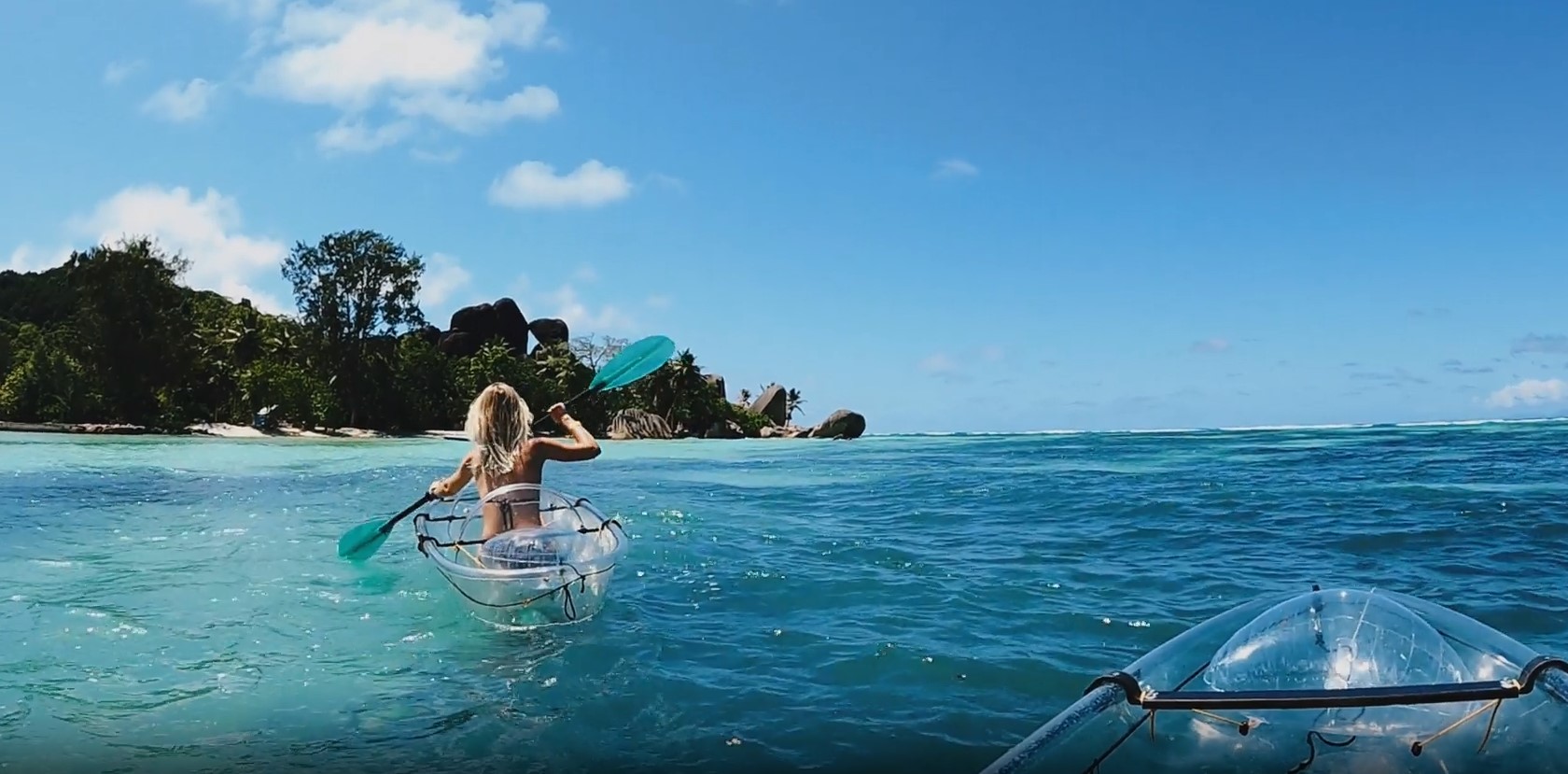Being the captain of your boat means ensuring its safety as well. Especially when you have to drag it home by a trailer. Because the boat can move and hit something during the process. And the bow stop is here to stop that, And we are here to show you how you can set it up.
So, confused about the boat trailer bow stop setup?
The setup is quite easy. There are no hassles and you can do it in just two steps. All you’ll need is a drill machine, wrench, and a few bolts. With these two you can get the perfect setup! You also find a do-it-yourself bow stop in this article. We’ve also shown you how to attach a boat latch. What are you waiting for? Indulge yourself in this article to get that bow stop setup!
Table of Contents
TogglePurpose of Bow Stop
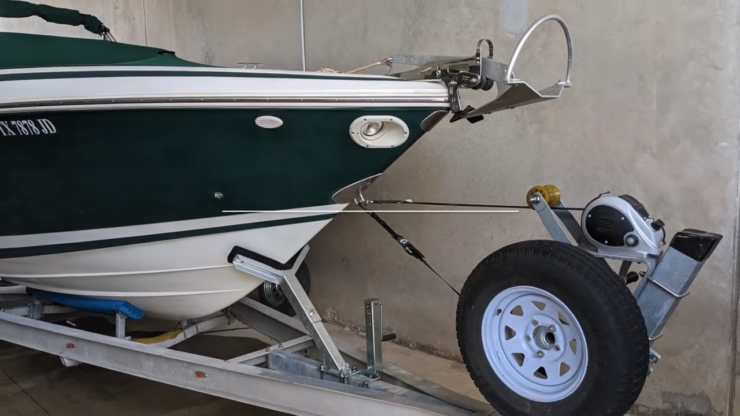
A bow stop is a device used on a boat trailer to secure the bow of the boat in place during transportation. It is typically located at the front of the trailer and consists of a rubber or plastic stop that rests against the boat’s bow, preventing it from moving forward during transport.
Bow stops are essential for safely transporting a boat as they help to prevent the boat from shifting or bouncing during transportation. They also help to protect the boat’s hull by providing a cushioned surface for the bow to rest against.
Bow stops come in a variety of sizes and shapes to accommodate different types of boats and trailers. Some bow stops are adjustable to ensure a proper fit for the boat, while others are designed for specific boat models or trailer types.
2 Steps to Install a Boat Trailer Bow Stop
Bow stops are very important for the safety of the boat. Hence we will show how to install a boat trailer bow stop roller down below.
Step 1: Removing Bow Stop
If you have an existing bow stop that needs to be replaced, start by removing it from the trailer.
Use a wrench or socket set to loosen and remove any bolts or screws that are holding the bow stop in place.
Once the old bow stop is removed, clean any debris or residue from the mounting area.
Step 2: Setting Up the New Bow Stop
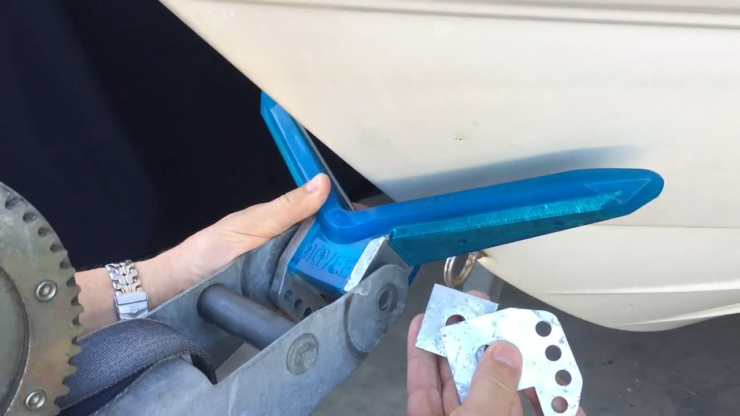
Before setting the bow stop make sure the boat’s placed properly on the trailer.
Now, you should have enough shims to space you out. Which will help to fit into a space of four and a half inches which is 115 mm. Make sure to choose the appropriate shims.
After choosing, put them in place and slide your bolt through. Slide the bolt through. Then rotate your bow stop approximately in the correct orientation to match the boat.
Once you have done this you can tighten the nut up. Now, bring the boat forward against the bow stop. This will help set the bow stop in the correct position and square against the boat.
With the bow stop set at the correct angle, it’s now time to drill some holes. These holes are for the secondary locking bolt and boat trailer winch post setup. You can also install a marine winch.
Now, you have a choice of four holes. Choose the hole that best lines up with your mounting frame. In this case, it is the top one of the four holes.
Then drill through there. Drilling will be easy if you have a spare shim to work out your location. Then line it up and then mark it up with the drill.
After marking it, use a pilot drill to drill right through there. With a small hole drill it through the main drill. After this, you can fit your bolt straight through.
Fit the bolt through from the inside out. This keeps the smaller head on the inside where the winch strap needs to go. Tighten both nuts until they are super tight.
Shorten the excess length of your bolt using a handsaw or your power saw. Be sure to remove all those of the stem of the bolt. Then touch up the bare metal with paint.
You can use a spray can to quickly touch up the bare metal. The width of the boat trailer is also important to keep your boat from getting damaged.
Benefits of a Bow Stop
A bow stop helps to prevent the boat from overshooting. Overshooting occurs when you drag the boat out of the water. And the only way to bring it out is by attaching it to the car.
The bow stop helps to provide just a little bit of support or cushion in the front. Because when towing the boat down the road the front could get damaged. This way it’s not getting jostled around and hitting any metal or anything like that.
DIY Bow Stop Out of a PVC Pipe
The first step is to cut the PVC pipe and attach it in the shape of a winch. The pipe which will be facing the front of the boat has to be notched. This will help to zip tie the rubber boat trailer bow rest on top of it.
The pipe facing the front will have a hole just below the notch. Insert a zip tie through it and tie the bow stop on top of the notch.
Now for the bottom of the mounting frame. There is a front fitting and a back fitting. The back fitting will be shaped like a “T”. Grond the bottom of the T-shaped fitting with a bench grinder.
This way the T sits flush onto the trailer. And the front fitting has to be at a 45-degree angle. Use a couple of circle clamps to hold the T-shaped fitting at the back.
Use a three-by-seven-inch U-bolt to hold the front fitting in place of the bow stop. This will make the bow stop super sturdy.
Installing a Boat Latch
A boat latch is just as handy as a bow stop. The first step of this installation of the boat trailer automatic bow latch is to remove the bow stop. Remove the existing bolt from the boat latch.
Then mount the boat latch in the place below where the stop was. Some latches don’t come with washers. So, if you are planning on installing at the lake, bring some washers with you.
Also, make sure this latch is an exact fit for the trailer. On the back side put two washers on each side and flatter nuts on the side. Tighten the latch down to a point where you can move it but it’s tight enough.
Adjust the latch with the angle of your boat. Now, we’ll attach the bow stop back into its place. Attach the handles with one bolt through the square and another bolt from the other side.
And then we’ll put the nut on them to tighten them down. Next, mount the handle in a stud on the winch. There’s a spacer that we’ll put on the stud first and then put the handle on.
The handle can be adjusted any way you desire. After getting it on there insert the pin to hold the handle.
FAQs
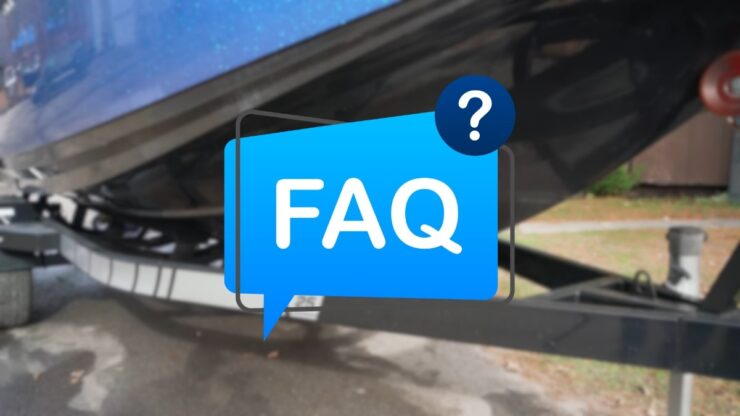
Given below are some questions you could relate to!-
What should the distance between boat rollers be?
The distance between boat rollers on a trailer will depend on the size and weight of the boat, as well as the design of the trailer. As a general rule of thumb, the rollers should be spaced far enough apart to provide adequate support for the boat, but not so far apart that the boat can shift or move during transportation.
For smaller boats, the distance between the rollers can be anywhere from 2 to 4 feet. Larger boats may require more space between the rollers, up to 6 feet or more. It’s important to consult the manufacturer’s guidelines for your boat and trailer to determine the recommended roller spacing.
How is a bow anchor roller chosen?
Selecting the right bow anchor roller for your boat involves several considerations.
Firstly, you need to determine the size and weight of your anchor to ensure that the roller is rated to handle the weight of the anchor.
Additionally, the type of boat you have will influence the type of anchor roller you need.
For example, sailboats may require a roller that can accommodate a larger anchor chain, while powerboats may require a more compact and streamlined roller.
The location of the anchor roller on your boat is also an important consideration.
Choose a roller that can be mounted securely in the desired location. Material of the roller is important.
Anchor rollers can be made from various materials such as stainless steel, aluminum, and plastic.
Select a material that is durable and corrosion-resistant for your boating environment.
What are anchor rollers used for?
Anchor rollers are a common accessory on boats that are used to help deploy and retrieve an anchor.
They are typically located on the bow of the boat and consist of a roller or series of rollers that guide the anchor line or chain into and out of an anchor locker.
How do you align boat trailer bunks?
Aligning boat trailer bunks is a crucial part of properly supporting and transporting your boat.
To align boat trailer bunks, you should first position the boat on the trailer so that it is centered and sitting evenly on the bunks.
Then, check the alignment by looking along the length of the boat to ensure that it is centered and sitting evenly on the bunks.
If the boat is off-center or sitting unevenly, adjust the bunks accordingly.
To adjust the bunks, use a wrench or socket set to loosen the bolts or screws that hold the bunks in place.
Move the bunks as needed to align them with the boat’s hull.
After making adjustments, check the alignment again to ensure that the boat is centered and sitting evenly on the bunks.
Once you are satisfied with the alignment, securely fasten the bunks in place by tightening the bolts or screws.
Should a boat sit on rollers or bunks?
Whether a boat should sit on rollers or bunks depends on several factors.
Rollers are best suited for boats with flat bottoms, as they allow the boat to easily slide on and off the trailer.
Boats that are frequently launched and retrieved from the water benefit from rollers as they allow for easy and quick loading and unloading.
On the other hand, bunks are better suited for boats with V-shaped hulls as they provide more support and a more secure hold.
Boats with V-shaped hulls are more common, and therefore, bunks are more widely used.
Bunks offer more support along the length of the boat and are less likely to cause damage to the hull during transportation.
They also provide a stable platform for the boat to sit on, which can reduce the risk of damage from shifting during transportation.
Conclusion
By now a boat trailer bow stop setup should be easy for you. It’s a simple two-step process that can give you the sturdiest bow stop. Make sure all the bolts are properly tightened!
Or else the bow stop will come loose during a drive. Happy sailing!
I’m Liam Jackson, the proud owner and driving force behind KayakPaddling.net. Born somewhere in the expansive beauty of the United States, I’ve nurtured a lifelong passion for kayaking and fishing that has led me to explore the far corners of our nation’s waterways.
Related Posts:
- 16 Best Kayak For Beginners 2024 - Kayaking Adventure Gear
- 15 Best Baitcasting Reel Under $100 2024 - Improve…
- 17 Best Trolling Reels 2024 - Enjoy your Fishing Adventure
- Heavy Duty Fishing: 11 Best Rods And Reels For Big Fish 2024
- 12 Best Beach Wagons & Carts 2024 - For All-Terrain
- 20 Best Inshore Spinning Reels 2024 - Capturing All…

